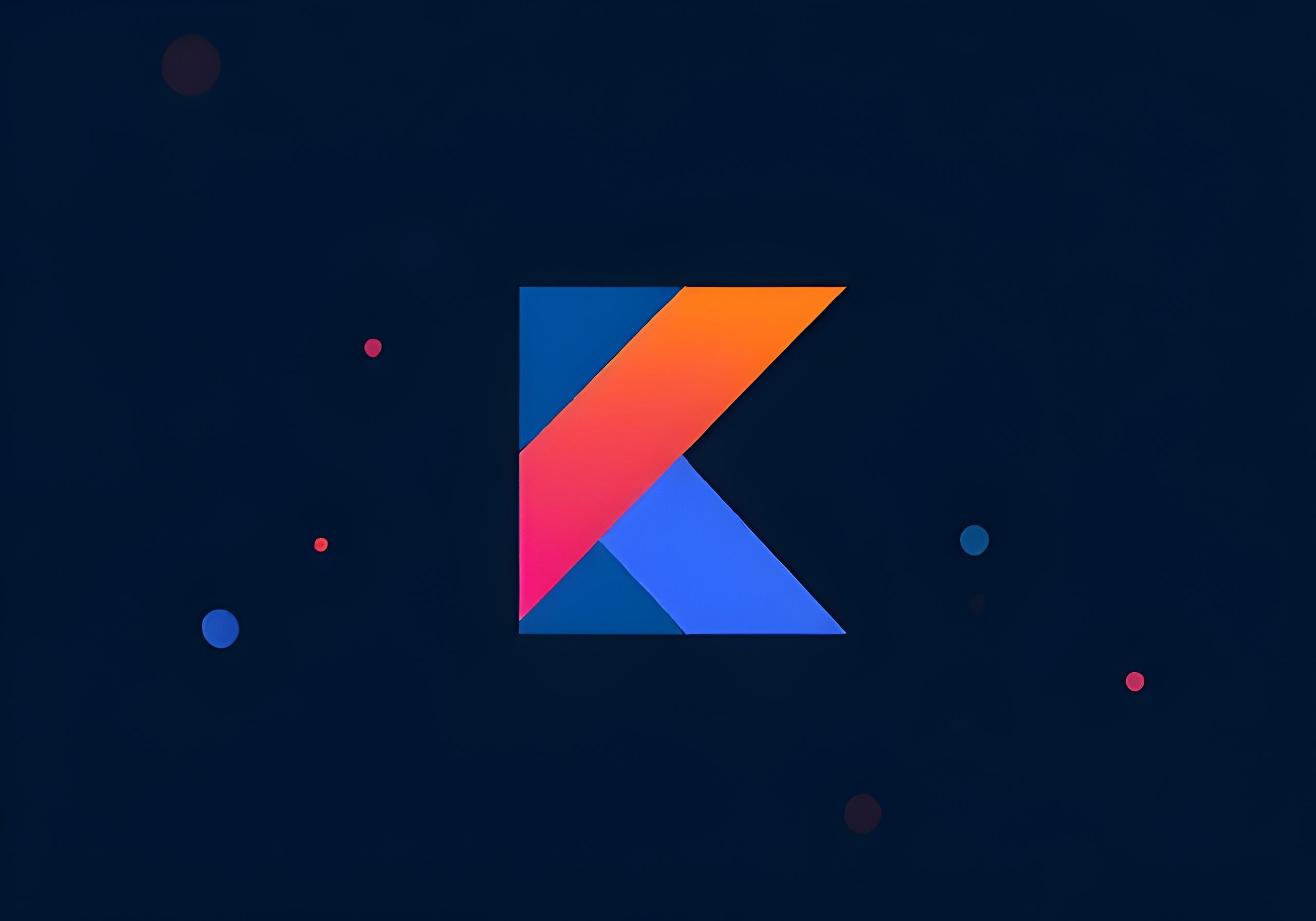Kotlin is a statically typed programming language that runs on the Java Virtual Machine (JVM). It was developed by JetBrains in 2011 and has since become one of the most popular languages for Android app development. Kotlin is known for its conciseness, safety, and interoperability with Java. In this article, we’ll explore the future of Kotlin in cross-platform development.
If you’re a developer, you’ve probably heard about Kotlin—especially if you’re working on Android. What started as a great alternative to Java has now become a powerful tool for building apps across multiple platforms, all thanks to Kotlin Multiplatform and Jetpack Compose Multiplatform. As businesses and developers keep looking for ways to speed up development while maintaining a high-quality experience, Kotlin’s potential in cross-platform development has caught a lot of attention. In this post, I’ll walk you through why Kotlin is becoming a go-to option for cross-platform app development and what the future holds.
Why Does Cross-Platform Matter Anyway?
In the past, building apps for different platforms (like Android and iOS) meant writing separate code for each. For developers, this was a lot of extra work. Imagine writing the same app twice, once in Java for Android and again in Swift for iOS. Not fun, right? That’s where cross-platform tools come in. The idea behind cross-platform development is simple—write the code once, and run it everywhere. This saves time and money, but the tricky part is making sure the app performs well on all platforms. And this is where Kotlin shines.
Kotlin Multiplatform: Sharing the Core Code
Kotlin Multiplatform isn’t trying to replace everything about how you build apps. Instead, it gives you the option to share certain parts of your code across platforms, like your app’s core logic—things like data handling or business rules. Then, you can still write platform-specific code where it makes sense, like for the UI or device-specific features. Here are a few reasons why this approach stands out:
1. Share What Matters Most
Instead of forcing everything into one system, Kotlin lets you share the important stuff—like your app’s logic—while leaving the flexibility to build platform-specific parts where needed.
2. Performance That Feels Native
Since Kotlin compiles to native code, apps built using Kotlin Multiplatform perform just as well as native apps. This is a huge deal, especially if you’re building something complex or resource-heavy.
3. Works Well with Existing Code
For Android developers, moving to Kotlin is pretty smooth because of how well it works with Java. This means you don’t have to throw away your old code; you can introduce Kotlin Multiplatform gradually and start sharing code bit by bit.
4. Growing Library Ecosystem
One of the best things about Kotlin is the growing number of multiplatform libraries, like Ktor for networking and SQLDelight for databases. These libraries are designed to work on different platforms, reducing the amount of custom code you need to write.
Jetpack Compose Multiplatform: Write Once, Run Anywhere UIs
While Kotlin Multiplatform helps with sharing logic, creating a good user interface (UI) across different platforms can still be tricky. Enter Jetpack Compose Multiplatform, a UI framework that lets you build UIs for Android, iOS, web, and desktop using the same code. Why is this a big deal?
1. Declarative and Simple
With Jetpack Compose, you describe how the UI should look, and the framework does the heavy lifting. This makes writing and updating UIs easier because you focus on what needs to change, not how to change it.
2. Share UI Code Across Platforms
Jetpack Compose lets you share most of your UI code across different platforms. You can write it once and have it work everywhere, with minor tweaks for platform-specific elements.
3. Feels Like a Native App
Even though you’re sharing a lot of code, Jetpack Compose ensures that your app feels native on each platform. Whether someone’s using your app on iOS or Android, it’ll behave as expected.
4. Speeding Up Development
By using a unified UI framework and sharing logic, your development cycle becomes a lot faster. You won’t need separate teams for Android and iOS, or spend time building everything twice.
Why Kotlin is the Future of Cross-Platform Development
So, why do I believe Kotlin is the future of cross-platform development? Well, it comes down to flexibility. Instead of locking you into one way of doing things, Kotlin Multiplatform gives you the freedom to share code where it makes sense, while still allowing for platform-specific customizations. Here’s why I think Kotlin will lead the way:
Balance Between Shared and Native Code
Kotlin Multiplatform doesn’t try to do too much. You can share core logic and still build beautiful, native UIs for each platform.
Strong Support and Tools
Kotlin is backed by JetBrains and Google, which means you get excellent tools and support. Android Studio integration makes working with Kotlin feel natural, especially for Android developers.
UI Flexibility with Jetpack Compose
With Jetpack Compose Multiplatform, Kotlin isn’t just about sharing business logic anymore. You can now write a lot of the UI code once and reuse it across platforms without sacrificing the native experience.
Adopted by Leading Companies
Kotlin’s cross-platform capabilities are already being used by major companies, which means it’s not just a cool idea—it’s a proven solution.
Wrapping It Up
Kotlin is quickly becoming a top choice for cross-platform app development, and it’s easy to see why. With Kotlin Multiplatform, you get the best of both worlds: shared logic across platforms and the ability to write platform-specific code where needed. And now, with Jetpack Compose Multiplatform, you can even share your UI code across different platforms, speeding up development and reducing complexity. If you haven’t given Kotlin a try for your next project, I’d highly recommend diving in. The future is bright for Kotlin, and it just might be the cross-platform solution you’ve been looking for.
